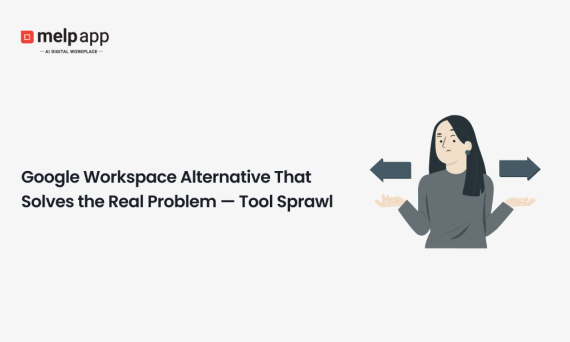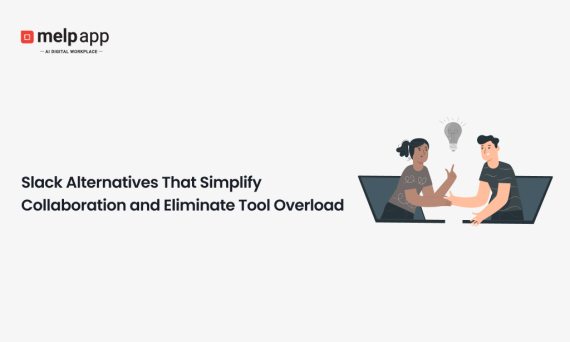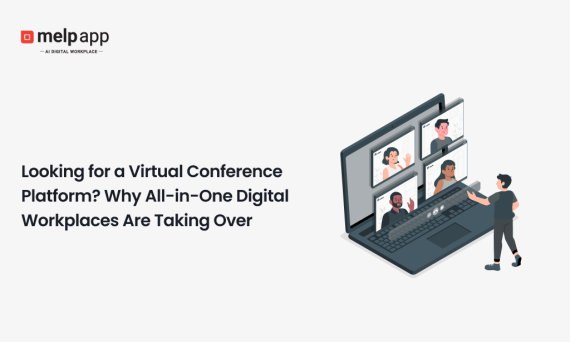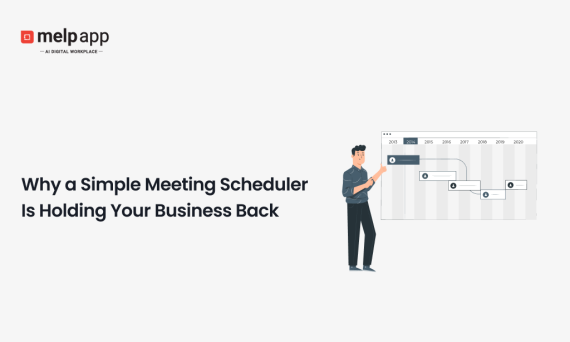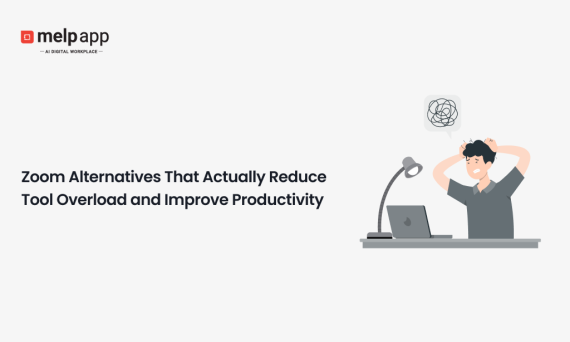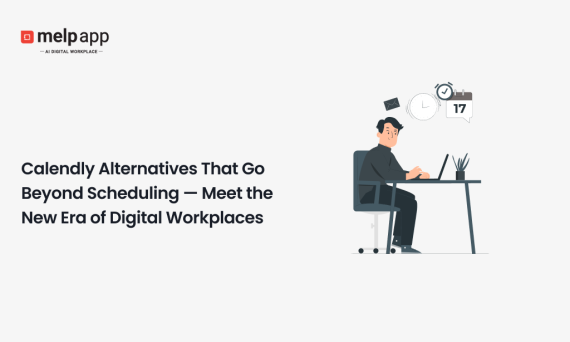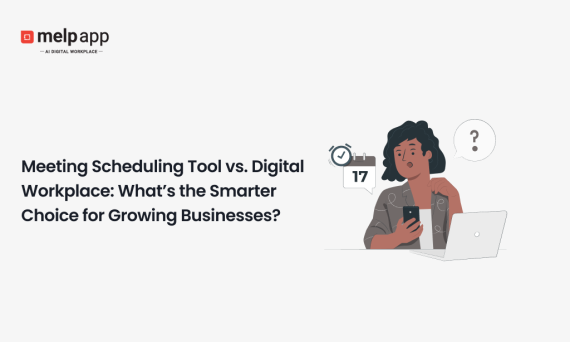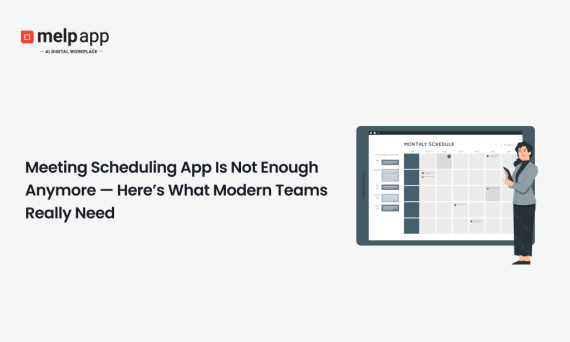Collaboration Tools & Digital Workplace
There are dozens of Google Meet alternatives in the market — tools like Zoom, Microsoft Teams, and Webex are often the first choices. But here’s the catch: they all stop at video calls. They don’t connect the work that happens before and after those meetings. Melp App is different. It’s a modern Google Meet alternative
Read More
It usually begins with a good idea. Someone on the team says, “Why not use Discord? It’s free, it’s easy, and we can make channels for everything.” Everyone agrees. Within minutes, the workspace is buzzing. Messages fly, voice chats hum, notifications pop — it feels alive. But a few weeks later, that excitement turns into
Read More
It always starts small. One tool for chat, one for documents, another for meetings — and before you know it, your day disappears under tabs. You’re not working less; you’re working around your tools. That’s the hidden cost of what the business world now calls tool sprawl. For many companies, Google Workspace felt like the
Read More
Work today doesn’t happen in one place — it happens across messages, meetings, files, and tasks scattered across countless apps. For many organizations, Slack became the center of that communication universe — quick, real-time messaging that replaced endless email threads. But as teams grew and workflows expanded, something changed. The same chat tool that once
Read More
There was a time when virtual meetings felt like a novelty — something only used occasionally by global companies or tech startups. Now, they’ve become the backbone of how modern organizations operate. The challenge? Most teams still depend on a patchwork of tools to make it all work. You use one app to host calls,
Read More
Let’s be honest — scheduling meetings shouldn’t feel like a full-time job. That’s why so many teams start with a meeting scheduler — something quick, maybe even a free meeting scheduler, that helps everyone find a slot and move on. It works… until it doesn’t. The truth is, once your business starts growing, that simple
Read More
Most teams today have one common frustration: too many tools. Video calls on one app, messages on another, files in a third, and project updates scattered across emails. Zoom, for many organizations, has become the center of communication. But while it makes meetings possible, it doesn’t always make teamwork easier. Scheduling, follow-ups, sharing notes, or
Read More
Scheduling meetings shouldn’t feel like running a marathon through emails, pings, and calendar invites. That’s why tools like Calendly became popular — they made booking time simple. Click a link, choose a slot, done. But here’s the truth: simplicity isn’t enough anymore. Teams don’t just want to book meetings. They want to get work done
Read More
Growing businesses live in the gray area between chaos and structure. Meetings are happening everywhere, projects move fast, and teams are constantly switching between tools — one for chats, another for files, another for scheduling. It’s easy to see why so many companies start by using a Meeting Scheduling Tool. It’s simple, clean, and it
Read More
Simply relying on a Meeting Scheduling App to book calls isn’t enough anymore. Modern teams want more than just calendar links and time slots — they want connection, context, and collaboration that actually moves work forward. If your team uses a Meeting Scheduling App and still struggles with scattered chats, disconnected tasks, and missed follow-ups,
Read More


